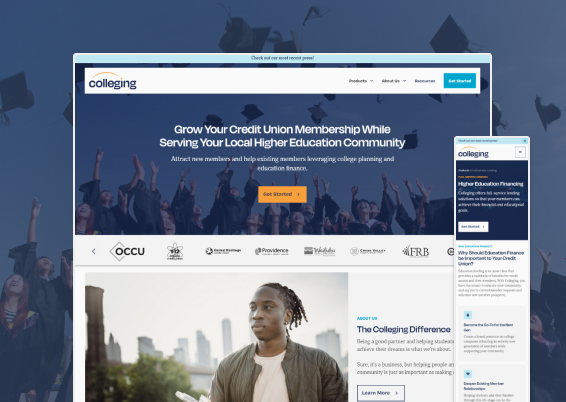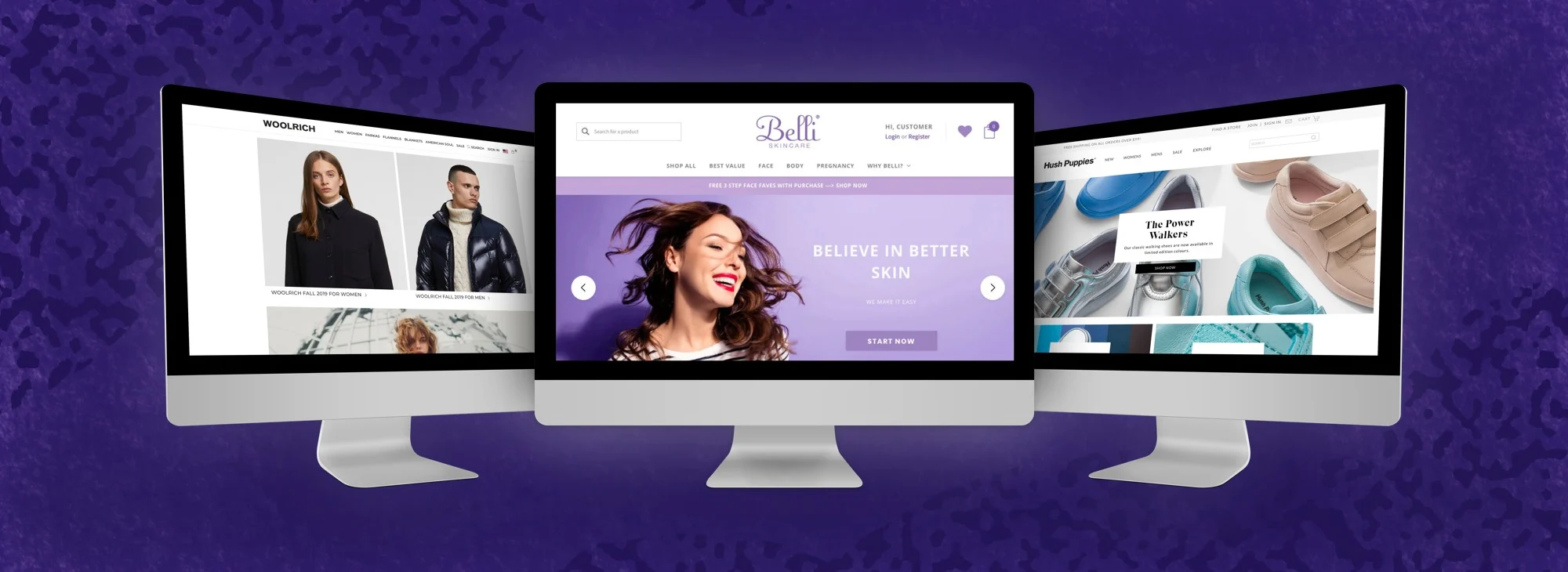How Website Design in copyright Can Elevate Your Business Online
Important Tips for Crafting High-Impact Site Layouts
In the world of digital advertising, the design of a web site works as a vital touchpoint for involving potential customers. To develop high-impact website layouts, one need to think about vital components such as target market understanding, user experience, and aesthetic pecking order. Each of these elements plays a crucial duty in not just drawing in visitors yet additionally in helping with purposeful interactions. The interplay in between these variables can be complex and nuanced, increasing the concern of exactly how to effectively stabilize them to accomplish optimal results. Exploring these methods can lead to transformative results for your online visibility.
Understand Your Audience
Understanding your audience is basic to efficient web site style. A website that resonates with its site visitors is typically the outcome of detailed research and insights right into individual preferences, demographics, and habits. Recognizing target customers enables designers to tailor web content, visuals, and capabilities that fulfill their details requirements, enhancing interaction and complete satisfaction.
To properly comprehend your target market, start by carrying out group evaluations to collect information on age, gender, location, and passions. This info acts as a structure for developing user personalities, which represent the essential attributes of your target audience. These characters guide decision-making in design elements and material technique, making certain alignment with customer assumptions.
In addition, assessing individual behavior through tools like Google Analytics can reveal how visitors connect with your website. Metrics such as bounce prices and time on web page can highlight locations that require improvement or adjustment. Customer surveys and responses additionally give vital understandings right into preferences and pain factors.
Inevitably, a deep understanding of your audience is not simply advantageous however necessary. It encourages developers to develop even more pertinent, enticing, and functional internet sites that promote a positive customer experience and drive preferred outcomes.
Prioritize User Experience
When creating a site, prioritizing customer experience (UX) is extremely important to accomplishing both customer contentment and organization goals. A well-crafted UX makes sure that visitors can navigate the site effortlessly, discover the information they need, and involve with content efficiently. To accomplish this, it is vital to embrace a user-centered style approach that includes understanding individual needs, choices, and actions.
Begin by performing comprehensive research, including customer surveys and use screening, to gather insights right into exactly how customers communicate with your website. This data should educate design decisions, ensuring that features and formats straighten with customer assumptions. Streamlined navigation is necessary; site visitors ought to be able to situate details swiftly without unnecessary clicks or complication.

Finally, guarantee that your website comes to all users, consisting of those with specials needs. Sticking to access requirements not only expands your audience yet also cultivates inclusivity. By page prioritizing UX, you lay the foundation for an effective web site that satisfies both individual needs and company goals.
Embrace Visual Hierarchy
A well-structured visual pecking order plays a considerable function in boosting customer experience by leading site visitors' focus to the most essential elements of a website. By purposefully setting up content, developers can create a clear path for customers to adhere to, ensuring they engage with crucial information properly.

Furthermore, the positioning of elements on the web page is important. Leading the audience's stare via the layout can be accomplished by positioning essential info at the top or in the center, where individuals generally start their visual journey. Including whitespace around aspects can likewise improve clarity, making it less complicated for users to process details without feeling bewildered.
Last but not least, utilizing typography effectively adds to aesthetic hierarchy. Various font style sizes, designs, and weights can represent significance, guiding customers via the material perfectly. By welcoming these concepts, designers can create an instinctive experience that fosters involvement and motivates users to discover further.
Optimize for Mobile
Mobile optimization is crucial in today's digital landscape, as a considerable portion of web traffic comes from smart phones. To make certain a seamless individual experience, websites should be designed with mobile users in mind. This entails using receptive internet design strategies that adjust the format, pictures, and text to fit different screen sizes while keeping functionality and appearances.
First, prioritize packing speed, as mobile individuals frequently operate slower networks. Minimize and optimize photos code to improve performance. Additionally, navigating needs to be instinctive; take into consideration executing a streamlined menu that enables simple access to important web pages without overwhelming users.
Touch targets, such as buttons and web links, should be appropriately sized, guaranteeing they are easily tappable without mistakes. Moreover, ensure that kinds are mobile-friendly by lessening input areas and utilizing dropdowns where applicable, enhancing the user experience.
Finally, examination your internet site across different mobile phones and browsers to determine any type of issues that may influence use. By focusing on mobile optimization, you not only improve individual satisfaction but likewise favorably impact your website's search engine position, therefore attracting more site visitors and enhancing overall engagement.
Implement Strong Branding
A distinct brand not just distinguishes you from rivals yet additionally promotes depend on and loyalty amongst website link your target market. This identity ought to be mirrored constantly across all digital touchpoints, including your web site, social media, and e-mail communications.
Aesthetic aspects such as logos, color pattern, and typography play an important role in branding. Choose a color scheme that reverberates with your target audience and mirrors your brand name character. Guarantee that your logo design is flexible and prominently displayed on your website, enhancing brand recognition.
Material is just as essential; your tone of voice ought to straighten with your brand view it now name identity, whether it's specialist, pleasant, or reliable. Involving narration can further strengthen your brand, developing an emotional link with users.
Conclusion
In verdict, crafting high-impact site styles demands a complex method that includes understanding the target market, focusing on individual experience, and welcoming aesthetic hierarchy. Optimization for mobile phones remains necessary, along with the implementation of solid branding methods. By incorporating these elements, websites can successfully engage users, promote seamless navigating, and foster psychological links that boost brand name identification. Ultimately, adherence to these principles adds to the creation of effective and engaging electronic experiences that reverberate with target market.
To create high-impact web site designs, one should take into consideration vital aspects such as audience understanding, user experience, and visual power structure.When developing an internet site, focusing on user experience (UX) is critical to achieving both individual contentment and company purposes.Start by carrying out complete research, consisting of customer studies and functionality screening, to collect insights into exactly how individuals engage with your site. To ensure a smooth individual experience, websites must be made with mobile customers in mind.In conclusion, crafting high-impact web site styles demands a diverse approach that encompasses recognizing the audience, prioritizing individual experience, and accepting aesthetic power structure.